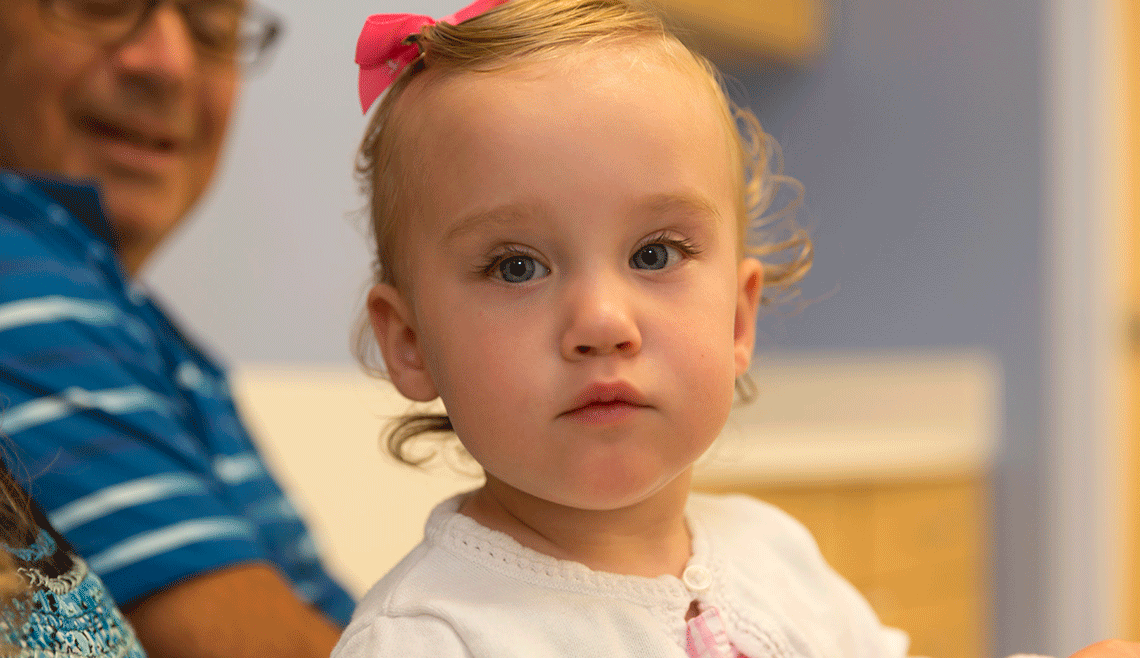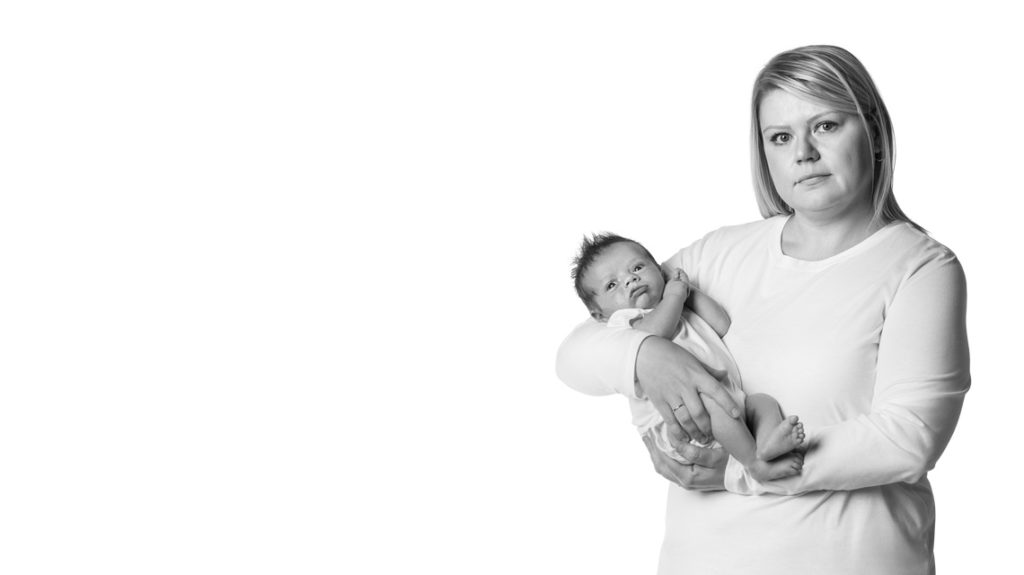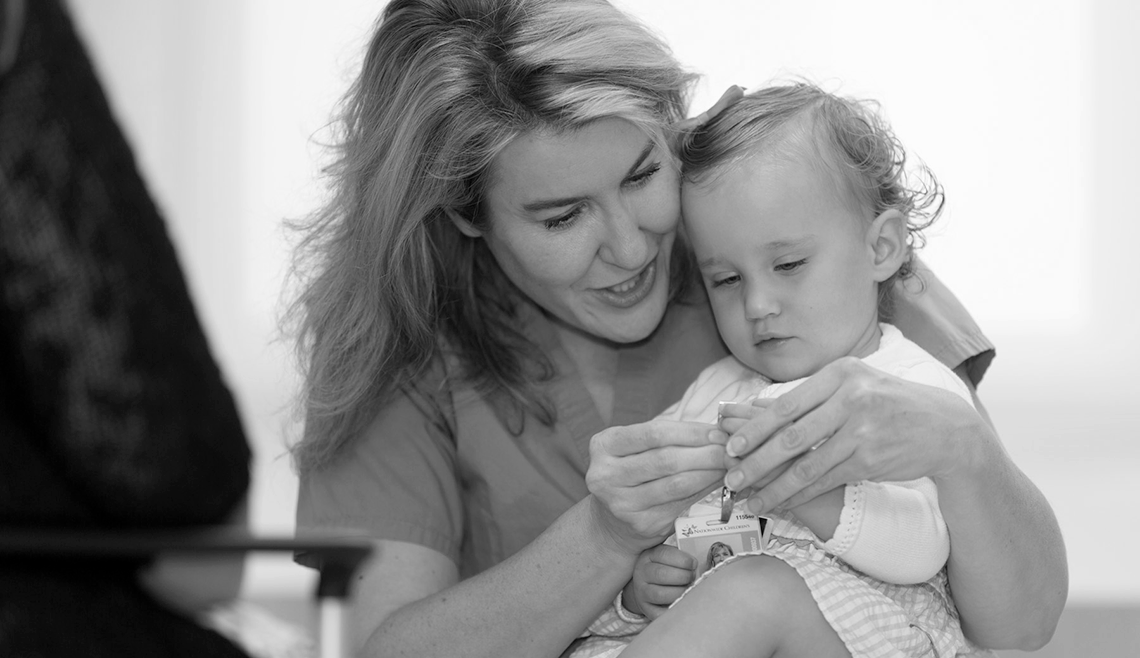Featured Researcher — Jonathan Slaughter, MD, MPH
Featured Researcher — Jonathan Slaughter, MD, MPH https://pediatricsnationwide.org/wp-content/themes/corpus/images/empty/thumbnail.jpg 150 150 Katie Brind'Amour, PhD, MS, CHES https://pediatricsnationwide.org/wp-content/uploads/2021/03/Katie-B-portrait.gifJonathan Slaughter, MD, MPH, neonatologist and principal investigator in the Center for Perinatal Research at Nationwide Children’s Hospital, works to identify best practices and reduce treatment variation to improve neonatal clinical care and outcomes. His career took off when, after casually observing practice variation across the institutions where he received training, he noticed that preterm…







